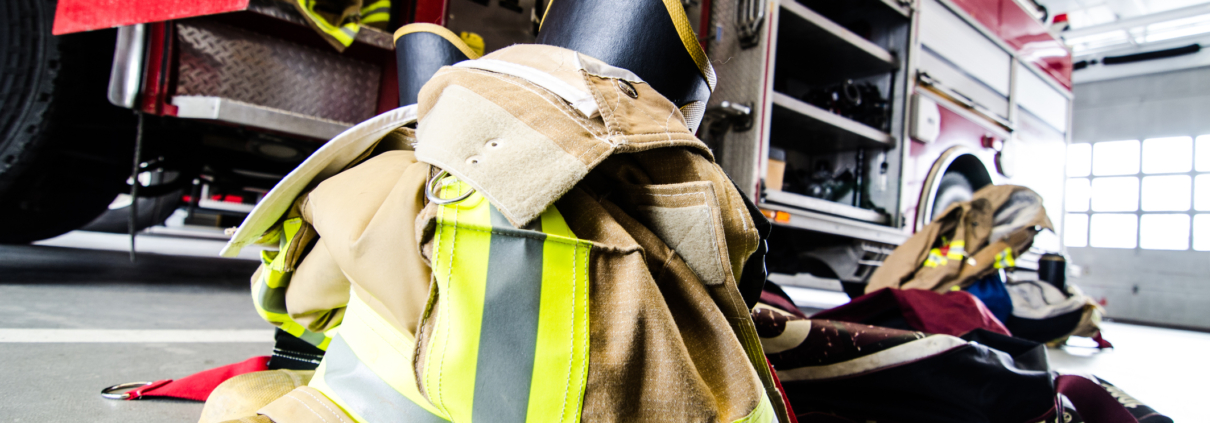A History of Fire Apparatus Equipment
Public safety vehicle accessories haven’t always been as advanced as they are now. While modern fire apparatus equipment is extremely safe and technologically advanced, early-day firefighters had very little to work with when battling a blaze. Today’s blog will explore the history of firefighting and firefighting equipment, bringing us up to today’s industry-leading fire apparatus accessories from Troy Products.
The Origin of Firefighting
In the 1700s, homes were primarily built of wood and were heated by a fireplace. Naturally, this led to a significant number of house fires. However, when one building caught on fire, this often spelled doom for the neighboring homes as well, since buildings were constructed very closely together in America’s growing industrial cities. Benjamin Franklin is credited with the creation of organized firefighting, as he recognized the need for people to be trained to fight fires together.
The Bucket Brigade
Collective firefighting wasn’t always the departmental firefighting you see today. In colonial times, firefighting was performed by the “bucket brigade,” a term which you still hear today. The original meaning of the phrase derived from colonists keeping leather buckets outside of their front doors. When a fire broke out, families would grab their buckets and rush to help. People would create a line between the fire and the nearest water source, and a bucket of water would be passed down the line toward the fire, where the water would be tossed on the flames and then passed back for refilling. This method was the best they had at the time, but it often wasn’t effective enough to prevent a house from burning down. At best, it slowed the fire down enough for the residents to collect their possessions and escape safely.
The Firehose
The first fire hose was created in the late 1600s by painter and inventor Jan van der Heyden and his son. They sewed together 50 feet of leather tubing, a length which is still a standard issue to this day. The fire hose allowed people to produce a more direct and constant stream of water toward the burning building, putting out fires more effectively than buckets of water. The fire hose was improved in the 1800s with the invention of rivets to prevent leaking, nozzles to improve water flow, and hydrants to provide closer water sources.
The Fire Apparatus
One of the most recognizable aspects of firefighting is the fire engine. The first fire apparatus was developed in 1743 in Colonial America. It was horse-drawn, but it allowed firefighters to reach burning homes much more quickly than ever before. In 1799, the ladder was added to allow firefighters to reach the second and third stories of buildings. In 1829, the first steam engine fire truck was developed in London, leading to what we recognize today as the iconic fire engine.
Fire Apparatus Accessories
It’s believed that firefighter apparatus equipment such as breathing apparatus and other accessories weren’t invented until the 1790s, 50 years after the invention of the fire engine. In the early stages of firefighting, volunteers would have to wear their own personal boots and gloves, which were often made of thin or flammable materials such as leather and cloth. Today, firefighter apparatus equipment is made with state-of-the-art inflammable materials that are durable and long-lasting, helping to keep firefighters safer and more well-protected on the job.
Fire apparatus equipment has come a long way since its origins, and Troy Products is proud to manufacture today’s market-leading public safety vehicle accessories. We create fire apparatus accessories with your brigade in mind. We’ve utilized 30 years of feedback to create final products that are safe, effective, and comfortable for your firemen. We can even accommodate custom orders to meet your department’s unique operational needs. To find out more about Troy Products or to get started with an order, give us a call at (800) 800-8769 or fill out our online contact form today.





